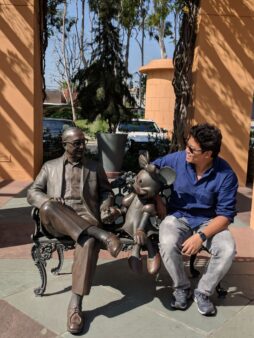Why does animation in India get dismissed as “Children Only!”
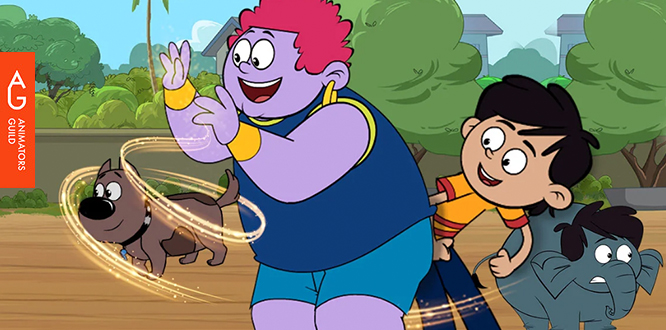
The following is a conversation between Prateek Sethi and Longbir Ingti Kathar, both alumni of National Institute of Design, Ahmedabad and having specialized in Animation Film Design.
Prateek is a founding member of Animators Guild of India and a visual communication designer working with Trip Creative Services an award winning design house.
Longbir has spent 15 years in the Indian television/broadcast animation industry for global networks like MTV, NICKELODEON, DISNEY in various capacities from Art Director to Executive Producer. He has developed, produced and launched more than 20 animated series for Indian kids’ television.
PS: Writing for animation requires one to be able to tap into an imagination unfettered from the restrictions of live-action which is something that we are not able to do in India. The concern arises when it isn’t a one-off issue but a systemic problem in the industry.
LK: Indeed. The prime reason for this being that the industry as a whole is nascent. Let’s talk about Chhota Bheem for instance, when Indian animation boomed. It was launched in 2008 and that’s practically recent. There is therefore a dearth of talent in the industry. Most big names in this industry, w.r.t. scriptwriting, have transitioned from live-action backgrounds. It creates an absurd scenario when the people writing for animation have an entirely different exposure.
I will say there are plenty of hot shows with varied characters in Chhota Bheem, Motu Patlu etc, where the imagination is running wild. These were the contributions of the animators and artists rather than the scriptwriters. The writers collaborate with the artists and the animation team to depict wacky, inhuman feats. There has been some exploration but there isn’t a discipline of writing for animation in India. In my opinion, the industry lacks in this aspect as it primarily caters to kids. This is a very narrow demographic for which content is created. Most Indian audiences move away from animation onto movies and other live-action shows. We do not cater to adults at all; animation for adults as a concept is not even tried or tested in India. I believe there is a huge potential market and is a gap that offers immense opportunity especially with the boom of OTT platforms.
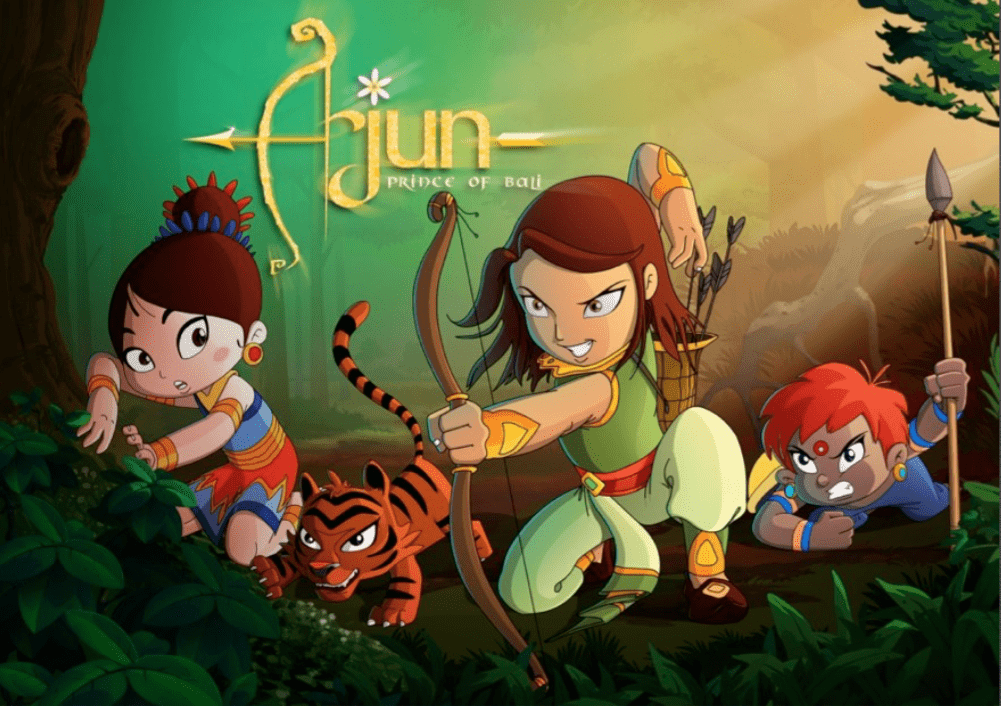
Arjun Prince of Bali Disney GreenGold.
PS: True, but I’ve noticed Netflix Animation Studios degrading good animated shows by forcing social causes, optimistic endings and even specific cultural thought onto the scripts that verge on propaganda, which in my opinion they are failing at. Any time I’ve started viewing an animated series on Netflix I feel fairly certain the platform will sink the show.
LK: What you’re talking about is the content of the specific shows which is an altogether different topic. It’s not that people do not like to see different content. Let’s take for example the teenage/young adult group, who have seen Japanese Shonen manga, anime and American content, tailored for their age-group. The question is, irrespective of content, are there shows available in India for this demographic? I can guarantee you that there is nothing playing for this group except for a few live-action shows. There is nothing playing for an individual who has seen shows like The Simpsons or Family Guy…which are available online. But in India were we to argue with an industry veteran, they’d probably shoot the idea down saying it won’t work. I’d like to ask why. Why would it not work? Has anyone attempted to create and air such content? I doubt the audience will deny it outright saying “I only want to watch Salman Khan’s movies and nothing else!”.
I believe a concerted effort needs to be made from broadcasters and investors who want to venture into this industry, as well as creatives and studio houses. All of the concerned parties are focussed on the ‘comedy genre’ for kids. The industry is extremely niche.
I believe a concerted effort needs to be made from broadcasters and investors who want to venture into this industry, as well as creatives and studio houses. All of the concerned parties are focussed on the ‘comedy genre’ for kids. The industry is extremely niche.
PS: And language, right? I think language too becomes an issue.
LK: Sure, Hindi can be the language for all content. It’s not so that creative ideas are restricted to English only. There’s plenty of shows and content for live-action in India, which has flourished for a long time with a long legacy, but something like The Simpsons has yet to be tried in India. The Bollywood cliches have been replaced with fresh viewpoints and content but the Animation industry is yet to move past its shackles of children’s content. I can say the Chhota Bheem craze is finally dying down as the kids have grown past the show. However, their younger siblings are still hooked onto the show as the variety in content is missing.
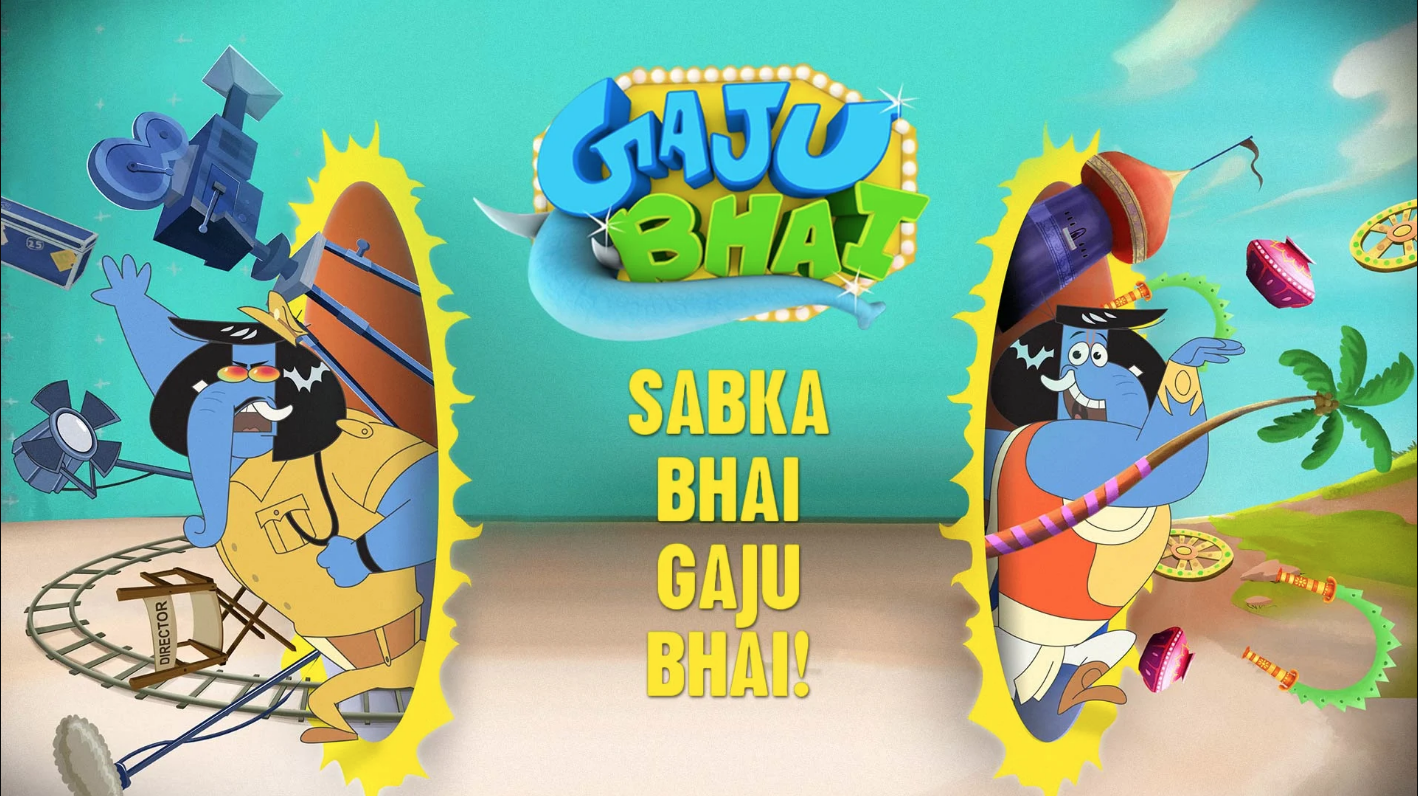
GajuBhai Disney Toonz
PS: I’d like to continue from your point of writers hailing from live-action backgrounds. Plenty of the animation writers currently in the industry are not originally animation writers. They were live-action guys who shifted to animation owing to better competition prevalent in the Bollywood industry. Naturally, with their grasp on the nuances of Hindi and local flavours they were able to create content that people accepted and rolled with. They didn’t really work towards a greater understanding of what animation could provide and instead catered to the slapstick comedy genre.
LK: I’d like to speak of a personal anecdotal experience, about the industry. It employs anyone who can, both, speak and think in Hindi. There are plenty of such writers who come from the TV industry, writing content for Soaps and Serials. There is no dearth of such writers mainly because of their mastery over the Hindi language. They have no idea about the nuances of animation. I’ve heard them say “It’s for children, right? I’ll be able to hack it!”. Sadly, that is their approach.
This disparaging viewpoint of the writers, considering it a ‘children’s’ medium, denigrates the industry.
They fail to give the medium its due respect and I think it’s a crucial point to be made. This dismissive attitude prevails across the industry. And this attitude trickles down from the creatives to the parents of kids watching such shows. The parents too end up dismissing it, since there was no respect given from the outset. They dismiss Indian animation but feel that if the shows or movies have been created abroad or by Disney, then their children will love it and they might too.
This dismissal of the Indian animation industry, I feel, is why it is not growing. Even the studios lack the impetus to educate writers about this art-form. There is a lack of education within the industry, in the creative fold, about the medium and why we do it. It is not just for kids and this mindset needs to stop. It limits the growth of the industry.
There are people far in between who are making an effort and exploring the medium but I believe they do not constitute the industry. The industry signifies commercial acceptance and not just peripheral activity. It requires investors’ funding and people to produce content along with an audience to watch it.
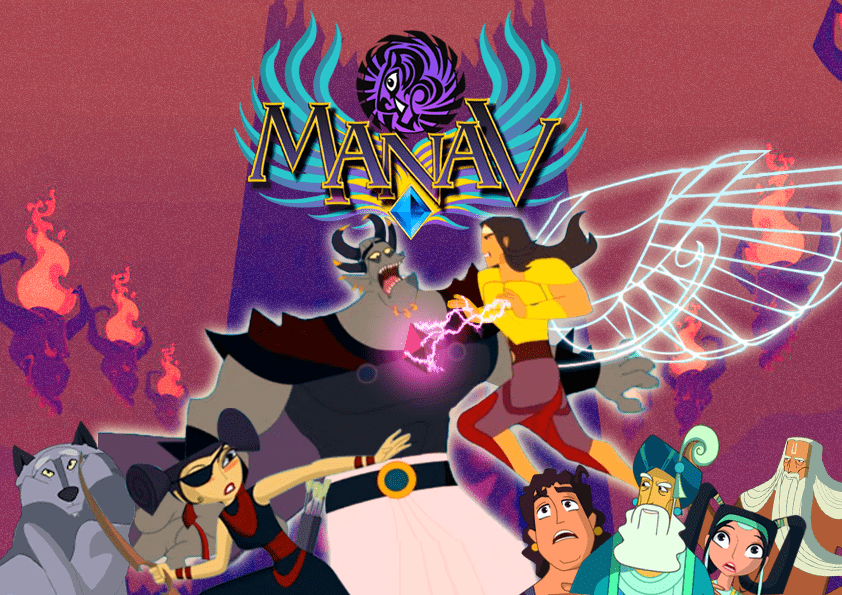
Manav Disney DQ
PS: It’s not in the mass consumption space, yet, in India, is what you’re saying
LK: Correct. Building a car in your garage is not an automobile industry. It requires a manufacturing plant, an assembly line, people working together for mass production. Only then will it be considered an industry.

Oye Golu Disney Popcorn
PS: Agreed. And continuing upon the dearth of animation writers, there aren’t any dedicated courses available in India for animation scriptwriting either. So that makes further makes it unachievable for the common folk to understand the nuances of the medium. If a common middle-class individual wanted to learn it, they’d have to go abroad to study it which would be unfeasible for them. Even if there were such courses available, what would be the acceptance rate? The industry, or lack thereof, would also need to evolve to create content for the teenager, young adult or the older adult, which is lost as a target. What do you think are the solutions to this systemic problem?
LK: The finger is raised to the broadcasters. They are still major players in the industry. The only reason anyone would be interested in creating such content is if there was the backing of investors. The broadcasters need to take the onus of producing such content. They are always looking for fresh content to expand their viewership. In India, sadly, rarely have I seen any companies venturing into this market. They need to take bold steps into this field to expand the industry and enable broader storytelling.

Chacha Bhatija Disney Maya
PS: I remember when I had to go to Hong Kong for a meet and they told us
Indians love their cricket, their mythology and their festivals!” [laughs].
Which is pretty much what Indian animation entails.
LK: Yeah! That sums it up! We’re still the land of elephants and snake charmers! There is a huge responsibility on the broadcasters to create this content.
PS: I agree, but that is the catch. It becomes a risk for the broadcasters whereas they could continue skimming off the percentages they already get.
LK: And it is wrong! Yes, it requires guts to venture but it’s because of maybe two people’s initial push that others are even interested in animation. But it’s getting stagnant. The industry needs someone who is tired of this and wants to venture into this avenue. Otherwise, the industry is stuck here in this genre for this specific demographic of kids. The content produced by the creatives is vetted by the top bosses of broadcasting companies. So, I say they are in a stronger position to push the envelope further.
Obviously, they would want to create content that is as cheap if not more than the next guy. By the time money flows down to the animator, he is forced to settle for compromised rates. They don’t really have an option of working with another broadcaster either as they will do the same. And at these minimal rates, a more educated and trained animator may not want to work. This spirals a domino effect of low production quality.

V4 Viraat Disney Toonz
PS: So I know you have worked with creators from Philippines and Malaysia. What is the difference between the content, animators and designers with the Indian counterparts?
LK: There is a major difference. Back in the 90’s the US studios outsourced work to the Philippines and to Malaysia. But it was animators from Disney and other US studios who had come to train them. So, they have the upper hand as they were trained well and not treated as cheap labour. This hardcore training has trickled down to the newer artists in the SE Asians countries. Their knowledge and base are stronger than the average animator in India. Broadcasters hire Malaysians as animation supervisors in India.
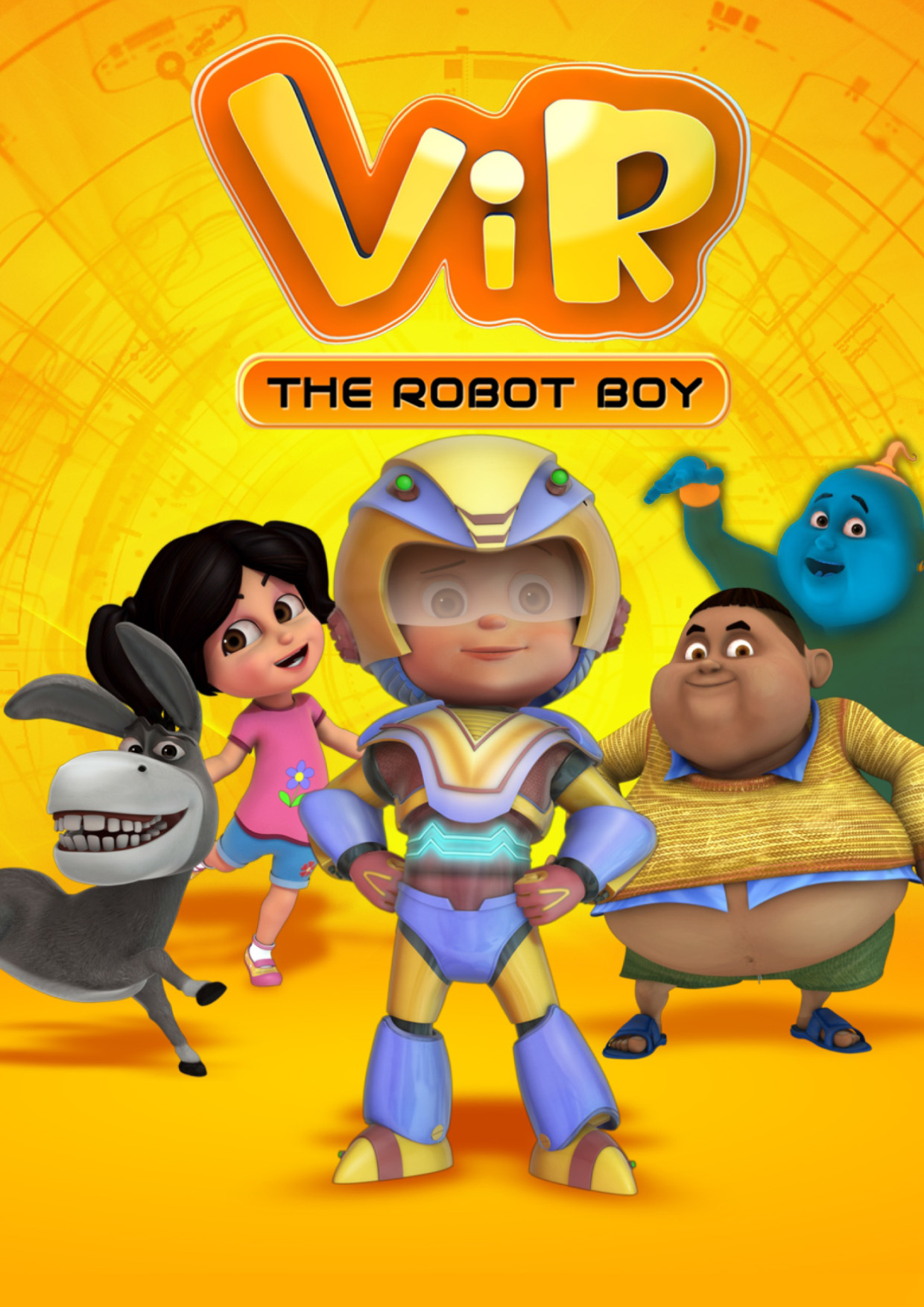
VIR Disney Maya
PS: Does this not eventually lead to wasted money? The quality of the product is not able to reach its optimum level.
LK: The skill level in India itself is low to begin with. To hire skilled animators, they’d have to pay an individual far more than what they already do. The broadcasters have reached a compromise where they save money at the expense of sacrificing quality. The poor state of animation writers compounded with the broadcasters’ unwillingness to invest in animation has led to a degradation in overall quality of animation.
I can safely say that present animated stories in India can be easily converted to live-action. In fact, I believe it would be more cost effective to realise the scripts in live-action.
I can safely say that present animated stories in India can be easily converted to live-action. In fact, I believe it would be more cost effective to realise the scripts in live-action.
PS: When you returned to India after a short stint at Disney US, what was the key learning you were able to translate for India? Also, what was the resistance you faced apart from the broadcaster’s unwillingness.
LK: The most important difference is in timelines. When in the US, I had the good fortune to meet with the new Ducktales creative/production team. There was a thorough system in place which was never rushed through into production. This is in stark contrast to the Indian studio where production was required to be completed at minimal cost as soon as possible with the aim of flooding the market with content. The US studio artists were shocked to hear the number of episodes the Indian studios finished in a month.
There is an entire manual on correctly animating scenes at Disney US studio, meticulously planned for every stage. The time required to correct animation is double that of the animating process. The priority, abroad, is on how well the story is ‘enhanced’ by animation whereas in India the cost and time required for a production come first. At pre-production meetings in India, the least amount of time is devoted to actual story-telling and animation treatment and quality.
Most executives in India have little to no background in the creative/animation field. Executives abroad have experience in animation as well as broadcast programming. So, they are the best of both worlds. They will encourage and push for new creative outlooks. As their priority is focussed on quality, they hire talented animators with high skill sets. Unlike in Indian studios where the artist is given little importance and is treated as a cog in the machine.
PS: Yeh Chitrakaar hain! [He’s an artist; Socially, an artist in India is given far less importance and respect as someone pursuing STEM or Business education]
LK: [laughs] Chitrakaar! There is no value to a Chitrakaar. It’s similar to how Indians treat daughters. If they are able to achieve their careers then they are applauded. “Wow she did something!”. The bar itself is set so low.
There is no respect in India for someone who makes cartoons for children. The mindset needs to change.
With respect to the US studio, animators and artists are given due respect. Their culture is to respect work as a whole. Animation has strong roots in the west whereas it’s a relatively recent medium in India. Even though animation in India has seen the good old days of Ram Mohan and Bhimsen, I will say the industry has started in earnest with the advent of Chhota Bheem. There is time for animators to yet influence executives at the top to break out and create something new.
Broadcasters in India impose very strict timelines and the pressure is immense. Artists have to finish an entire series in 9 months whereas in the US they devote 2-3 years polishing a series.
PS: I could argue that the Japanese anime industry too is built on sweatshops. They are on far higher pressure than Indian artists.
LK: Have you seen a Jap working? They will die and yet make the product work! [laughs] Our culture is not like that. Their culture is based on polishing till it is perfect. Every aspect of their culture is based on perfection. They inherently understand amalgamation of form and function. They give a lot of importance to spending time to improve their skills and their craft. They train for years before they begin working in earnest.
In India, you will see a cheap product with little attention to detail being sold en-masse. Take for example a plastic mug with visible and jagged seamlines, flimsy build, zero ergonomics present in almost every household. The culture to invest time and effort to train people to develop their skills needs to come forth.

CEENA MEENA DEEKA Disney Maya
PS: That’s where we lose out. We are focussed on fixing problems caused because of a make-do attitude rather than doing the best every time.
LK- Agreed. We need a shift in the mindset towards animation. We need to stop denigrating and dismissing this medium as only for children. Unless the due respect is given to it, may it be from the animator or the parents of the five-year-old watching the show, the industry will not improve. The level of respect that is given to a crew-member on the sets of a Bollywood production is much higher than that given to an animator in India. However, abroad, animators and artists get equal respect for their work as a film-professional.
They treat themselves as professionals. If Indian artists do not respect the medium, how can we expect others to either?
PS: What are your thoughts on the future of the animation industry? How would you summarise your thoughts?
LK: I feel optimistic about the future of animation in India. Even those not on the periphery of the industry are mushrooming and putting in considerable effort. However, broadcasting companies and OTT platforms need to take required steps to bring major change and considerably expand the market. More importantly we are also in need of good content writers for the medium who will pitch ideas to the broadcasters. Our audiences are ready for the content as almost every person has their own device. I am eagerly waiting for the new wave of animation in India when there is synergy between the writers, creatives and the executives.
The conversation has been transcribed by Himadri Mandal. We thank Longbir for his time and wish him the absolute best!





